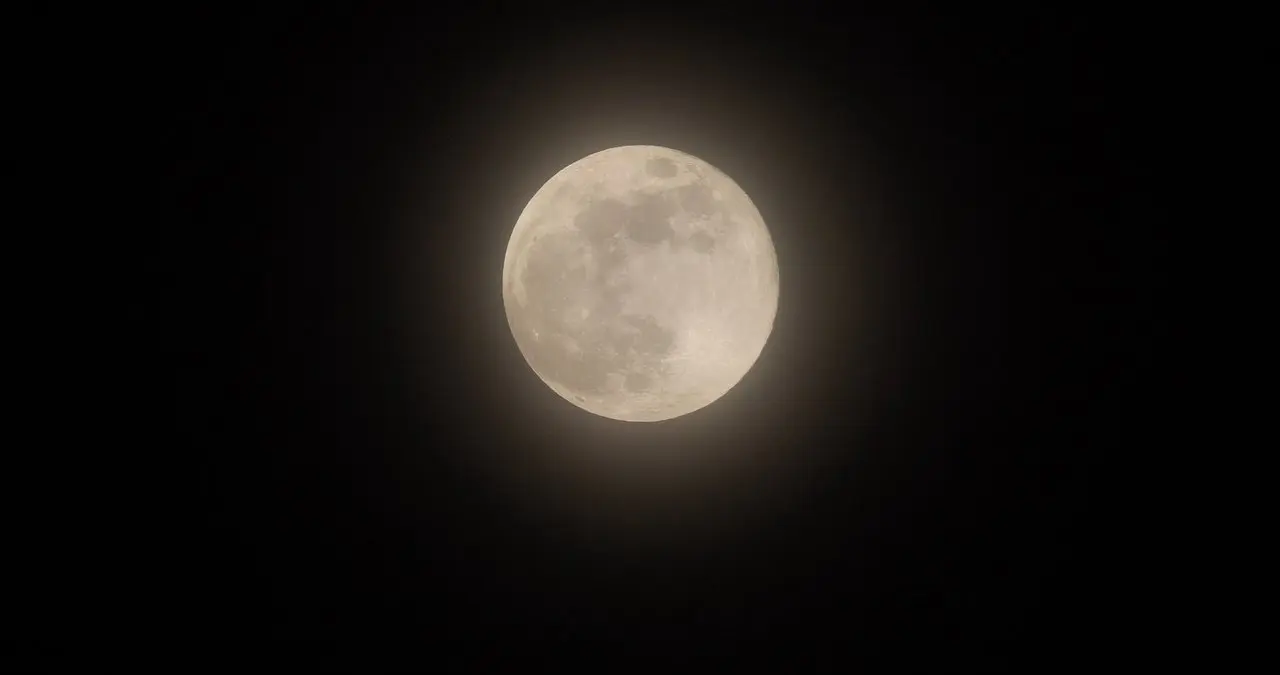As 2024 winds down, the final full moon of the year will grace the night sky with its cold, luminous glow. Known as the Cold Moon, this December’s celestial event will occur in the middle of the month, on Sunday, Dec. 15, peaking at 3:02 a.m. CST. While it won’t be as dramatic as a supermoon, like the last few full moons, it will still offer a beautiful sight for those eager to enjoy the clear winter sky.

When to Catch the Cold Moon
If you're planning to witness the Cold Moon at its peak, be prepared for a late night. The moon will rise on Saturday, Dec. 14, at 5:30 p.m., setting the stage for an overnight show. It will reach its peak at 3:02 a.m. CST on Sunday, Dec. 15, and set at 8:08 a.m. This timing makes it a perfect spectacle for night owls eager to catch a glimpse of the moon’s full beauty under the winter sky.

A Unique Lunar Cycle
December’s moon cycle stands out this year, with not one, but two new moons. The cycle began on Dec. 1 with the new moon and will close with another new moon on Dec. 31. The Cold Moon stands as the centerpiece of the month.
- New Moon: Dec. 1
- First Quarter: Dec. 8
- Full Moon (Cold Moon): Dec. 15
- Last Quarter: Dec. 23
- New Moon: Dec. 31
It’s a special lunar rhythm that brings both a sense of finality and renewal to the end of the year.
Why Is It Called the Cold Moon?
The December full moon is steeped in tradition, and its name carries the chill of winter. The Cold Moon gets its moniker from the Mohawk tribe, who named it after the cold, frigid conditions that settle in during the final stretch of the year. In many parts of the Northern Hemisphere, December brings some of the coldest temperatures of the year, and the Cold Moon mirrors this harsh winter reality. It’s a fitting name for a moon that shines through the longest and darkest nights of the year.
The Cold Moon also symbolizes a time of stillness and reflection, when nature slows down, animals hunker down for winter, and the Earth rests beneath a blanket of snow. This full moon, despite not being a supermoon, still casts a long, cold light across the landscape, offering a moment of pause and beauty in the middle of winter.
Why Does the Moon Sometimes Look Red?
If you’re lucky enough to see a red or orange tint to the Cold Moon, don’t be alarmed—it’s all about the way sunlight interacts with the Earth’s atmosphere. When the moon enters the inner part of Earth’s shadow, sunlight passes through the atmosphere, scattering shorter wavelengths like blue and violet. The longer wavelengths, like red and orange, are scattered less and can filter through, giving the moon its fiery hue.
This reddish appearance can also be intensified by dust, clouds, or pollution in the atmosphere, making it appear even more vibrant. While the Cold Moon might not necessarily show this red tint, it’s always a possibility that adds an extra layer of magic to the event.

Looking Ahead: The Wolf Moon
As December’s full moon sets, the sky won’t stay dark for long. The next full moon, known as the Wolf Moon, will peak on Jan. 13, 2025. Traditionally associated with howling wolves during cold winter nights, the Wolf Moon brings with it a different kind of magic and mystery to start the new year.
In Summary
The Cold Moon of December 2024 will be a magnificent way to close out the year. Rising late on Dec. 14 and reaching its peak in the early hours of Dec. 15, this moon promises to bring light to the longest nights of the year. Named for the biting cold that marks winter’s arrival, it’s a beautiful reminder of nature’s cycles, stillness, and reflection. Whether you’re watching it shine over snow-covered landscapes or simply admiring its brilliance from your window, the Cold Moon invites all to pause and take in the quiet beauty of December’s night sky.

Comments · 4
Guest 1734385132470
6 months agoGuest 1734303090839
6 months agoGuest 1732986460790
6 months agoGuest 1734124576389
6 months ago